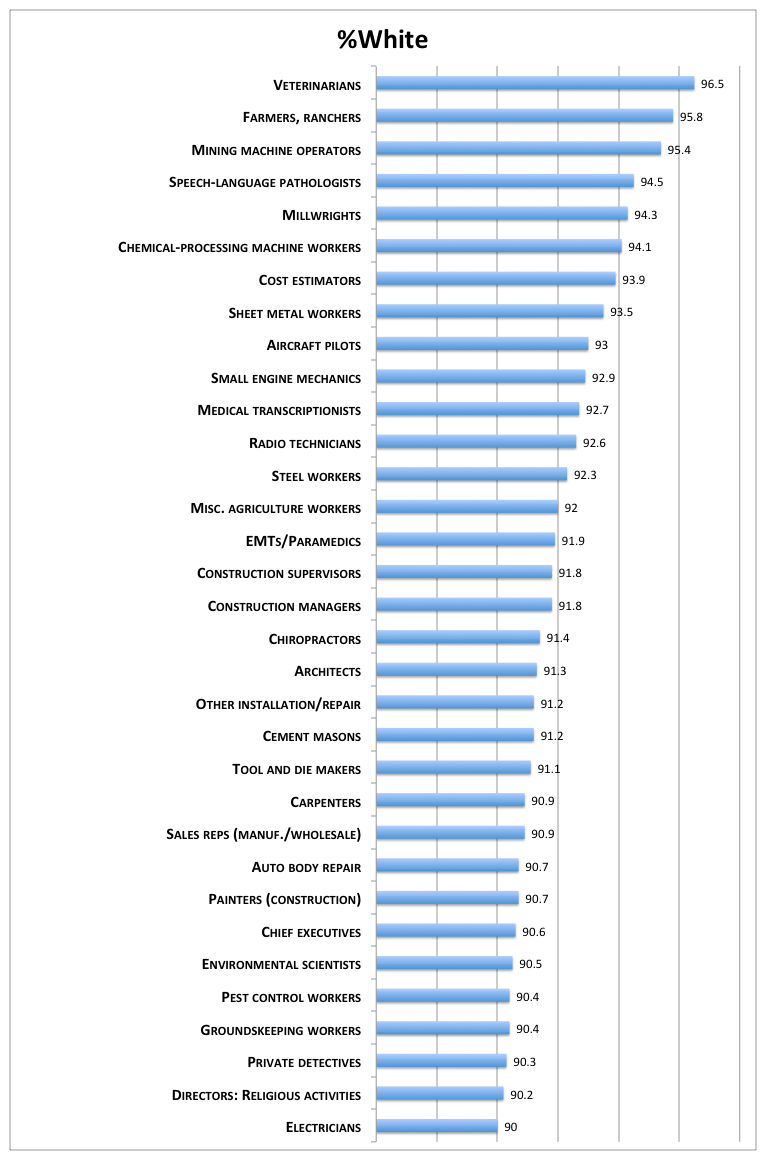A few teachers contacted me over the summer and one asked about starting the year with a "Bang!" Here is a copy of the email plus some additions.
Here is a file that I just received from a friend in Arizona that he uses for intro to psych https://drive.google.com/open?id=0B28t_LsPkwHebTdhZW1MeUQxblV6RlZuaUVrSEcyZVhqQ3NN
===================================
You could do the birthday activity--have the kids arrange themselves in a line or circle (depending upon space) based on birthdays-Jan 1 on one end and Dec 31 on the other. Beforehand, you can make a bet with them about the likelihood of having any matching birthdays. The last time I did this last fall I had three sets of matching birthdays in a class of 35.
===================================
You could use the Riding Hood Revisited reading and activity (on the blog)
http://teachinghighschoolsociology.blogspot.com/2012/03/perspectives-activity-with-red-riding.html
===================================
You could use an adapted version of perspective that I use when I put a stuffed animal (I used a stuffed moose that has hidden eyes, tongue, and scarf to add to the mystery and incomplete observations that they all have) in the middle of the room and I ask the students to either draw it or describe it. Inquire as to why no one is describing the same thing.
===================================
These are quizzes for understanding the culture of and understanding the knowledge of different social classes. Great stuff
https://www.ahaprocess.com/wp-content/uploads/2013/08/Social-Class-Hidden-Rules-Quiz.pdf
===================================
http://www.sociology.org.uk/lpsocsoc.pdf
http://www.lessonplanet.com/article/teacher-resources/ice-breakers-and-first-day-activities
http://www.thesociologicalcinema.com/blog/everythings-amazing-nobodys-happy-social-change-ice-breaker
https://www.pinterest.com/arzubal/first-week-activities-icebreakers-warmers/
===================================
So many possibilities with this one. For me, it depends upon what unit you are starting with, perspectives or culture. What do you think? If you have great ideas, please put them in the comment section.
The Teaching High School Sociology web site
This blog is for ideas related to teaching Sociology at the high school level written from a teacher's perspective.
Sunday, August 2, 2015
Wednesday, March 11, 2015
Greek Life and Racism
After a discussion in class about the Oklahoma racist chant, one of my students mentioned seeing an article that included a picture of a sorority that posed with sombreros, moustaches, and signs that said, "I don't cut grass, I smoke it." I might add that that class is two-thirds Latino. That particular picture struck a nerve. My students have heard the terms "beaner," "burrito-eater," and the like, but this one hit a little harder, especially when the photo appeared to be nearly exclusively white.
I did a quick search and discovered this article which cites a dozen examples, several that have pictures. I know kids are young and make mistakes. But these make me sick. This article could be great for a discussion on group decision-making, prejudice, stereotypes and so much more.
http://mic.com/articles/112240/12-incidents-that-prove-fraternity-and-sorority-racism-isn-t-just-an-oklahoma-problem
The Teaching High School Sociology web site
I did a quick search and discovered this article which cites a dozen examples, several that have pictures. I know kids are young and make mistakes. But these make me sick. This article could be great for a discussion on group decision-making, prejudice, stereotypes and so much more.
http://mic.com/articles/112240/12-incidents-that-prove-fraternity-and-sorority-racism-isn-t-just-an-oklahoma-problem
The Teaching High School Sociology web site
Monday, March 9, 2015
Fraternity and Racist Chants
Why does this not surprise me?
The more I learn about people, the more optimistic I am. Then something like this happens and I get discouraged. I could make a list of hundreds of recent events that detail poor behavior on the part of white people. As a white person, it grieves me that anyone thinks like these young men or their counterparts around the nation and world. As a teacher, I am constantly trying to fight the good fight to raise awareness about structural racism, discrimination, harmful attitudes, intergroup relations, and more.
So frustrating. Each day in the classroom gives me hope though.
The Teaching High School Sociology web site
The more I learn about people, the more optimistic I am. Then something like this happens and I get discouraged. I could make a list of hundreds of recent events that detail poor behavior on the part of white people. As a white person, it grieves me that anyone thinks like these young men or their counterparts around the nation and world. As a teacher, I am constantly trying to fight the good fight to raise awareness about structural racism, discrimination, harmful attitudes, intergroup relations, and more.
So frustrating. Each day in the classroom gives me hope though.
The Teaching High School Sociology web site
Friday, March 6, 2015
Sneetches, Prejudice, Discrimination, and Status
 Dr. Seuss gave us many classics in regards to human behavior. My personal favorite is "Sneetches," a story about two kinds of Sneetches, creatures who lived on the beach, some of whom had stars on their bellies, some who did not.
Dr. Seuss gave us many classics in regards to human behavior. My personal favorite is "Sneetches," a story about two kinds of Sneetches, creatures who lived on the beach, some of whom had stars on their bellies, some who did not.Those with stars fancied themselves better than the others and excluded those without stars from their social gatherings. Those with stars also had stereotypes about those without. This led to discrimination, name calling, and social shunning. Along comes an inventor who can put stars on those without. Conflict ensues when the originals with stars feel the need to change once all Sneetches had stars--they needed some visible identifier for in- and out-group labeling.
Then the inventor who took the stars off the original star-bellied Sneetches. They reclassified the status of both kinds of bellies.
This new designation leads to chaos as both groups end up adding and subtracting the stars so that everything gets messed up from the original grouping. No identifiers work for in- and out-group designations.
Lessons are learned and the scam artist leaves.
The video version is available here:
Posted by Chuck Schallhorn
The Teaching High School Sociology web site
Thursday, March 5, 2015
Identical Twins and Racial Identity
 I ran across this topic recently. When examining race and ethnic identity, this could lead to an interesting discussion of each.
I ran across this topic recently. When examining race and ethnic identity, this could lead to an interesting discussion of each.
The Teaching High School Sociology web site
Sunday, February 15, 2015
The Average Black Girl
Wednesday, January 28, 2015
Ghettocide: A True Story of Murder in America
The other day I had one of those NPR moments when I was driving home and could not turn off the engine until I had finished listening to the story that was playing. It was an interview with the author of Ghettocide: A True Story of Murder in America. The author was talking on Fresh Air and discussing different kinds of grief that people experience. She had interviewed many people who had lost loved ones and she noticed that their experiences with death were different and had longer lasting impacts especially if there was no closure of an arrest of the perpetrator. Her interview was so riveting, I ordered the book and will receive it tomorrow.
Listen or read here: http://www.npr.org/2015/01/26/381589023/ghettoside-explores-why-murders-are-invisible-in-los-angeles
Here is her appearance on the Daily Show
posted by Chuck Schallhorn
The Teaching High School Sociology web site
Listen or read here: http://www.npr.org/2015/01/26/381589023/ghettoside-explores-why-murders-are-invisible-in-los-angeles
Here is her appearance on the Daily Show
posted by Chuck Schallhorn
The Teaching High School Sociology web site
Monday, January 26, 2015
The Whitest Jobs in America
I knew segregation was still alive and well, but this article in The Atlantic shows just how segregated these aspects of America still is. Original article is here.
The Teaching High School Sociology web site
The Teaching High School Sociology web site
Friday, January 23, 2015
The Crayola Monologues: A Commentary on Color and Society
I found this as a video file that I received from Amy Jones at a conference a few years ago. I am still sifting through all the amazing resources she shared.
This video is called, "The Crayola Monologues." It is sharable for all ages, but especially great for social psychology and prejudice/bigotry issues. To be honest, I love this video. The artist who created it can be found at this link: http://www.nathangibbs.com/crayola-monologues/. This page contains lengthy commentary and exploration of color, race, and ethnicities and issues surrounding these ideas in our society.
posted by Chuck Schallhorn
The Teaching High School Sociology web site
Subscribe to:
Posts (Atom)


